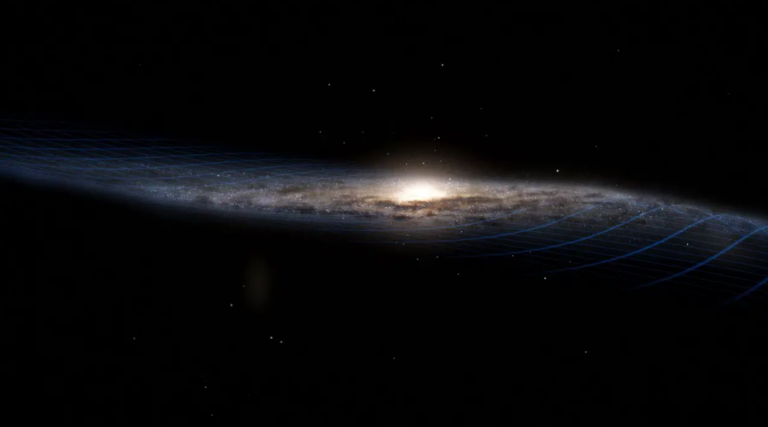James Webb Space Telescope Discovers Thousands of Unexpected Milky Way-Like Galaxies
The James Webb Space Telescope (JWST) discovered over 1,000 disk galaxies, 10 times more than expected, dating back more than 10 billion year.

The James Webb Space Telescope (JWST) announced a groundbreaking discovery, indicating more than 1000 such galaxies that closely resemble the Milky Way existed hidden in the early universe. These spiral arms and disk shapes which are defining their galaxies may belong to the universe’s phase older than 10 billion years—a time when such formations were presumably extremely rare.
The study was published on The Astrophysical Journal. This new discovery challenges the long-standing idea about the formation of galaxies in that chaotic time.
Scientists had a preconceived notion that the Universe of the early Universe had a sudden burst of activity, with Dwarf galaxies being in the majority that collides with others.
This cosmics would ruin disk galaxies leaving them in the state of an irregular shape. But, JWST is the only observer that showed that these disk galaxies were actually 10 times more frequent during this time than it was ever imagined.
Rewriting the Timeline of Galaxy Formation
Despite the fact that Leonardo Ferreira is not a well-known author, he is one of the people who could not call in his article but still had a chance to express his feelings. The lead researcher at the University of Victoria, Leonardo Ferreira, has emphasized the importance of the results. “All this while, for 30 years, we had it ingrained in our minds that these disk galaxies fought a lot of violent battles so we remained convinced that disk galaxies were elusive in the early universe,” he stated. However, the JWST data shows that galaxy structures were extant far earlier than previous reports suggested to the extent that it may have been a very steady and unchanging early universe.
According to the previous models, we have always believed that the biggest galaxies such as the Milky Way were the first to emerge 1 to 2 billion years after the birth of the universe and the subsequent merger of the dwarf galaxies was their offspring. Nonetheless, 1,672 disk galaxies were registered by JWST, many from only a few billion years into the universe’s launch, indicating that it may not be so.
Christopher Conselice, a co-author of the study and a professor of extragalactic astronomy at the University of Manchester, said, “With the Hubble Space Telescope, we believed that disk galaxies were basically non-existent until the universe was almost 6 billion years old.” These galaxies, which started forming much earlier near the beginning of the universe, are the fresh JWST discoveries that have scientists think galaxy evolution anew.
Implications for Life’s Origins
In some people’s minds, these developments have also triggered some very curious thoughts regarding the potential ways life may have come about. The Milky Way, because of the massive star-forming regions in its spiral arms, has always been regarded as a place that can favor life. The presence of similar galaxies in the early universe can be an evidence to the fact that such conditions existed way before people ever believed.
Since most stars form inside disks of gas and dust called galaxies, the knowledge that this discovery brings is where and when stars were born and rose in the universe. The surprising outcome of the abundance of early disk galaxies implies that the stability corridors including stars—and perhaps even life—could have already developed sooner than previously known.
Do not forget to share your opinion with us to provide you with the best posts !




0 Comments